Having recently posted about the 10 major new developments in the works in Santa Barbara, I thought it might be instructive to round up many of the smaller apartment projects working their way through the red tape. The bottom line: 20 developments comprising 940 units. Add in the three big developments from the earlier post and the total comes to 1,864 units.
There are even more caveats this time. I generated this list by going through every post since Siteline started in August 2019, and I’m sure I missed some; I didn’t bother with really small projects; some of these may have stalled; and the renderings may not be current. You can often find more info—including whether any units are slated to be affordable and whether there’s parking—in the links.
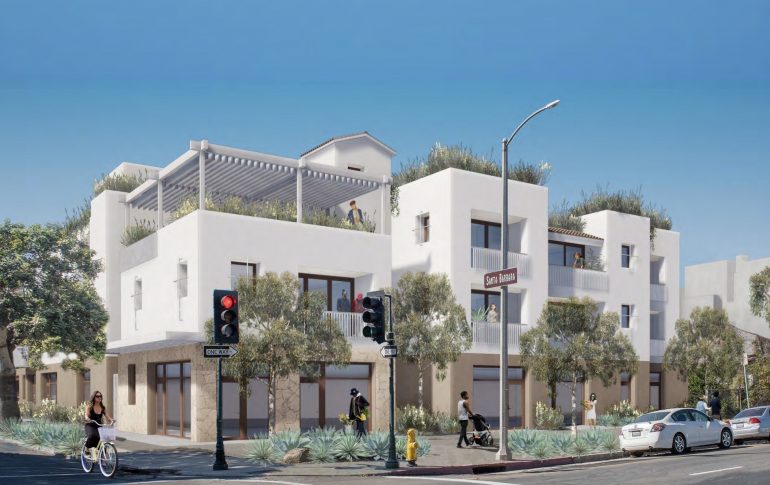 201 E. Haley Street (at Santa Barbara)
201 E. Haley Street (at Santa Barbara)
48 units and 6,632 square feet of ground-level commercial space.
·················
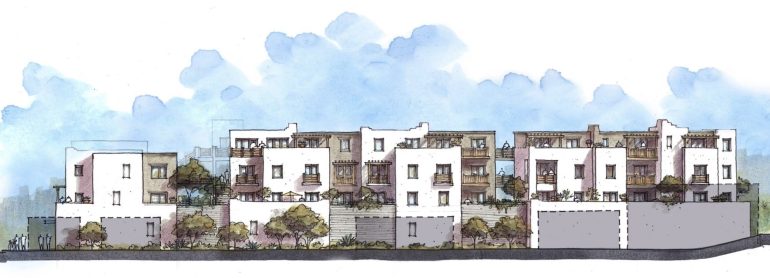 219 E. Haley Street (Santa Barbara/Garden)
219 E. Haley Street (Santa Barbara/Garden)
34 units and 1,783 square feet of commercial space.
·················
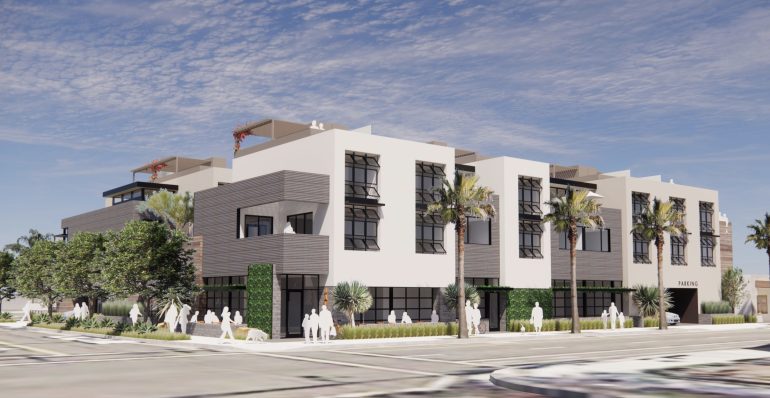
401-409 E. Haley Street (at Laguna)
30 units and ground-floor commercial space.
·················
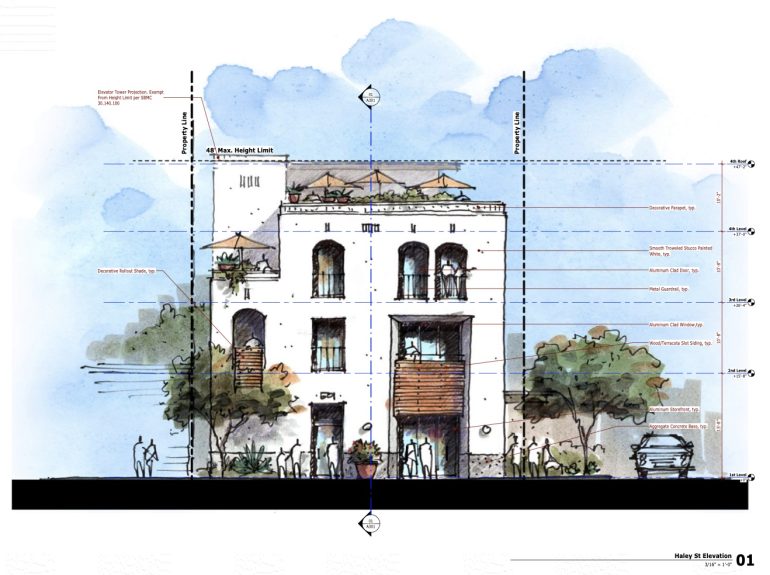 501 Garden Street (at Haley)
501 Garden Street (at Haley)
Seven units and 383 square feet of commercial-retail space.
·················
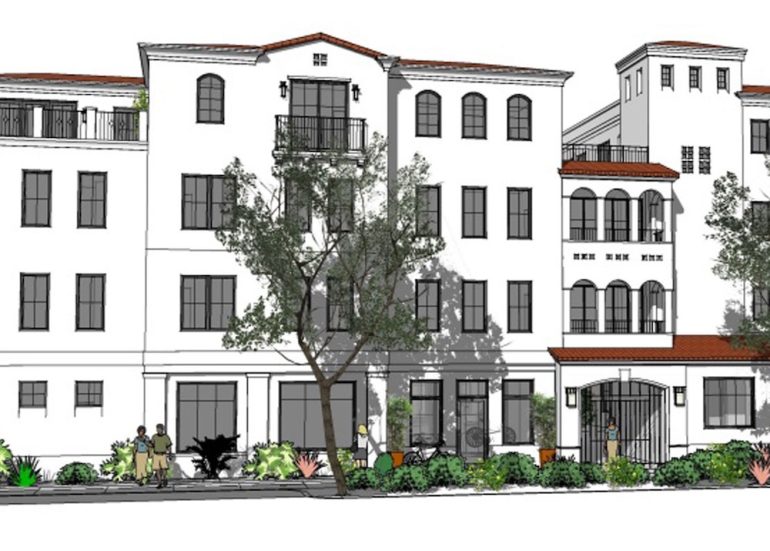 425 Garden Street (Gutierrez/Haley)
425 Garden Street (Gutierrez/Haley)
36 units.
·················
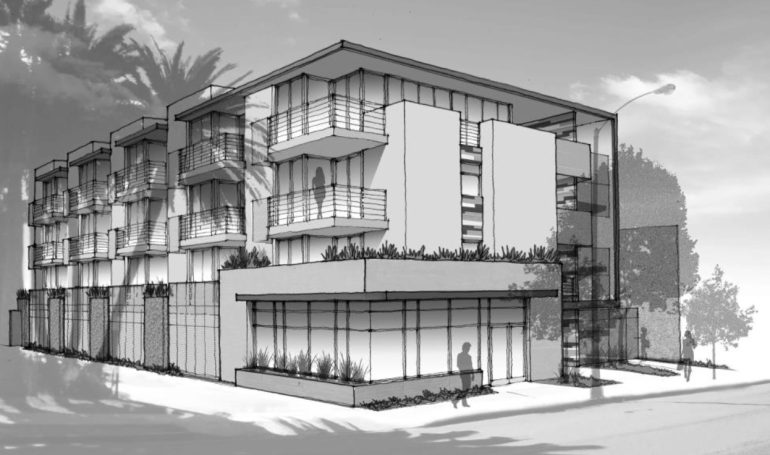 116 E. Cota Street (Anacapa/Santa Barbara)
116 E. Cota Street (Anacapa/Santa Barbara)
From the Housing Authority of the City of Santa Barbara: 28 units for the special needs population and a manager’s unit.
·················
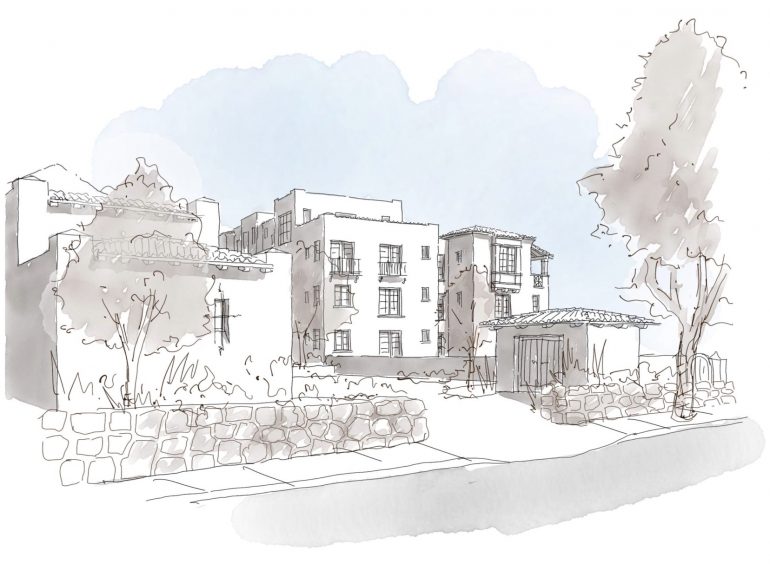 222 E. Canon Perdido Street (Santa Barbara/Garden)
222 E. Canon Perdido Street (Santa Barbara/Garden)
27 units.
·················
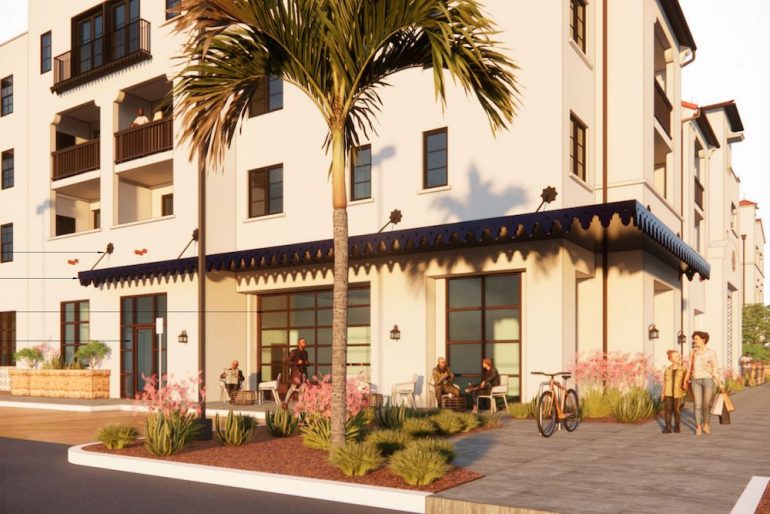 701 N. Milpas Street (Ortega/De La Guerra)
701 N. Milpas Street (Ortega/De La Guerra)
82 units and 1,365 square feet of commercial space.
·················
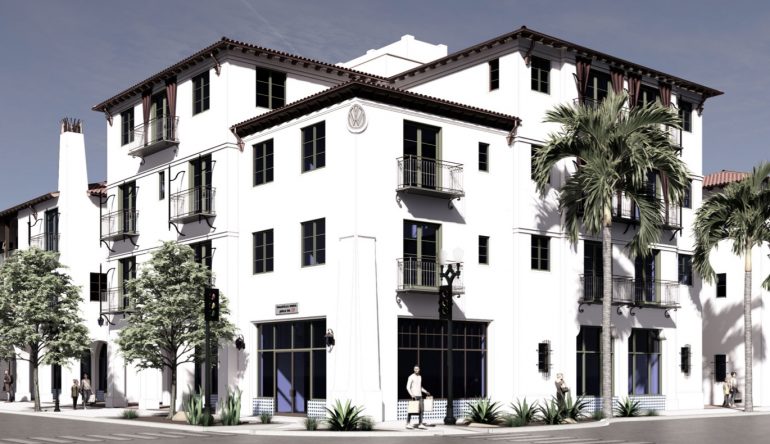 630 Chapala Street (at Ortega)
630 Chapala Street (at Ortega)
39 units.
·················
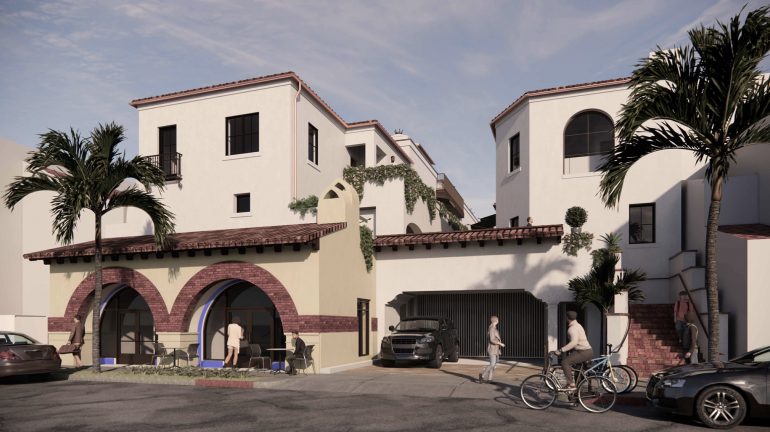 113-117 W. De La Guerra Street (Chapala/De La Vina)
113-117 W. De La Guerra Street (Chapala/De La Vina)
23 units and 1,085 square feet of commercial space.
·················
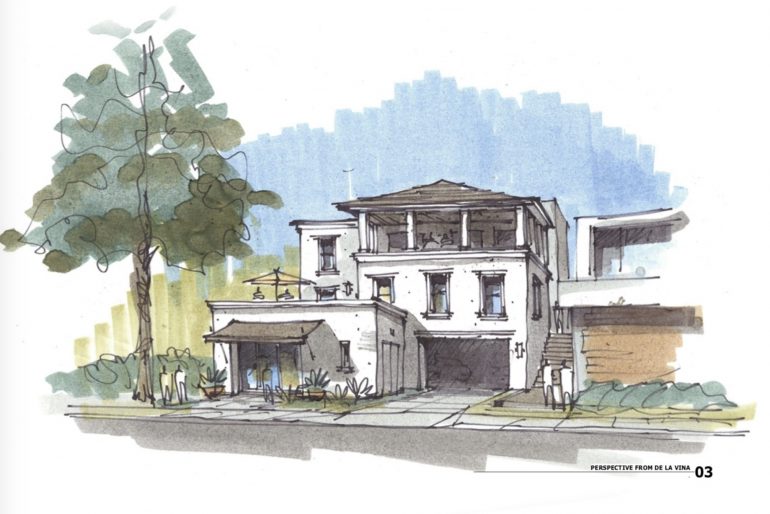 825 De La Vina Street (De La Guerra/Canon Perdido)
825 De La Vina Street (De La Guerra/Canon Perdido)
21 units and 380 square feet of commercial space.
·················
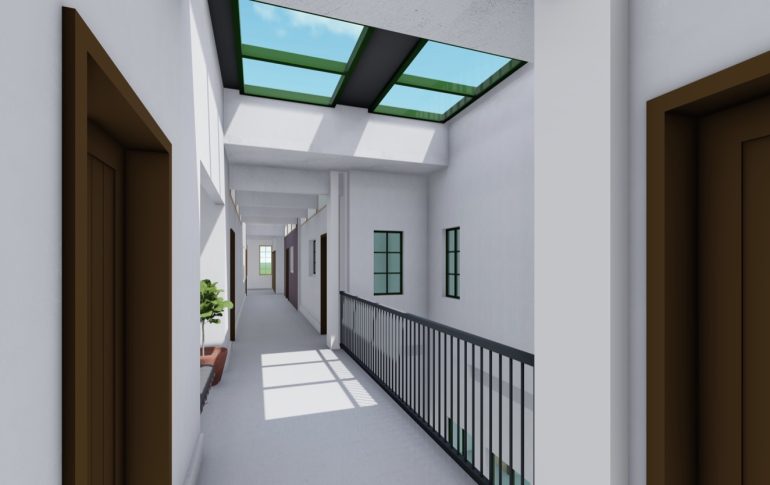 821 State Street (De La Guerra/Canon Perdido)
821 State Street (De La Guerra/Canon Perdido)
14 units of “below-market workforce housing.”
·················
 932 De La Vina Street (at Carrillo)
932 De La Vina Street (at Carrillo)
22 units.
·················
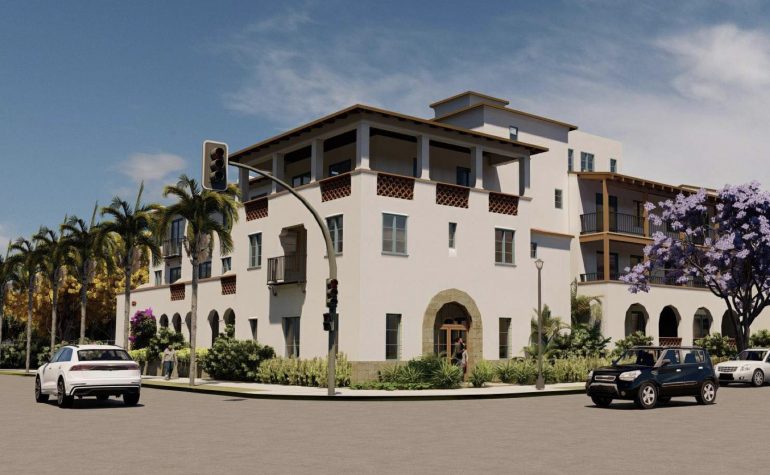 400 W. Carrillo Street (Castillo/Highway 101)
400 W. Carrillo Street (Castillo/Highway 101)
63 units of affordable housing.
·················
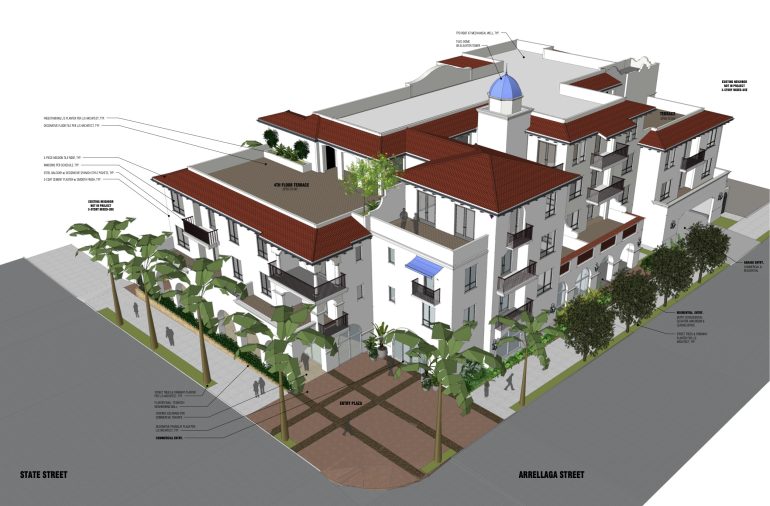 1533 State Street (at Arrellaga)
1533 State Street (at Arrellaga)
27 units and 6,400 square feet of commercial space.
·················
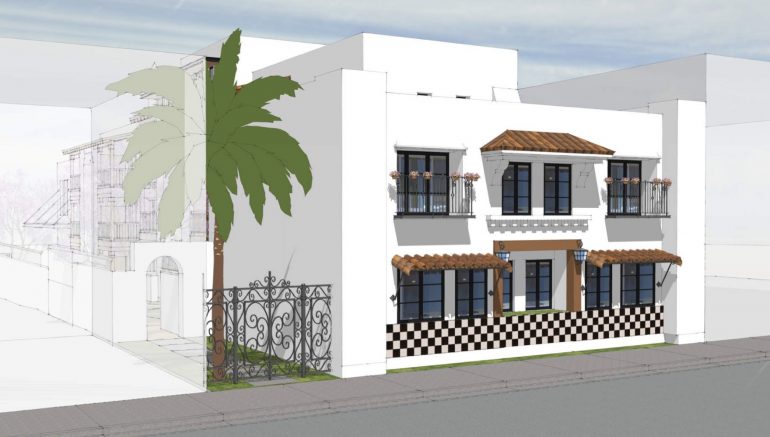 1815 State Street (Islay/Pedregosa)
1815 State Street (Islay/Pedregosa)
16 units.
·················
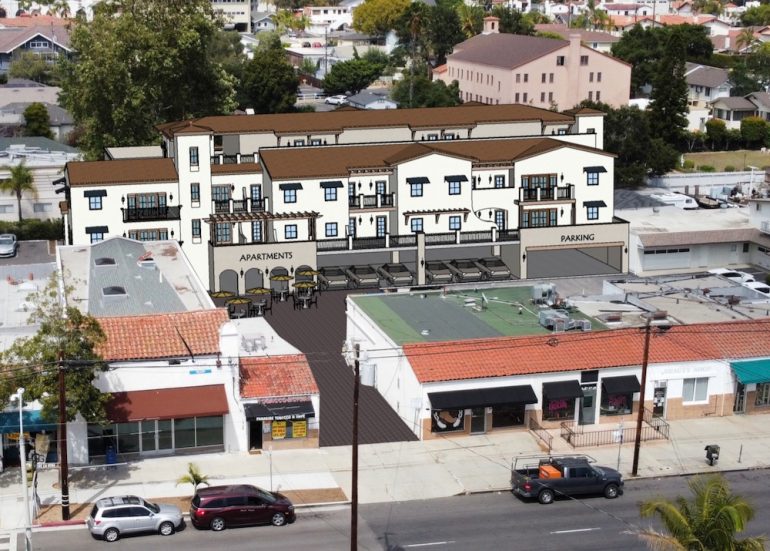 1922 De La Vina Street (Pedregosa/Mission)
1922 De La Vina Street (Pedregosa/Mission)
29 units.
·················
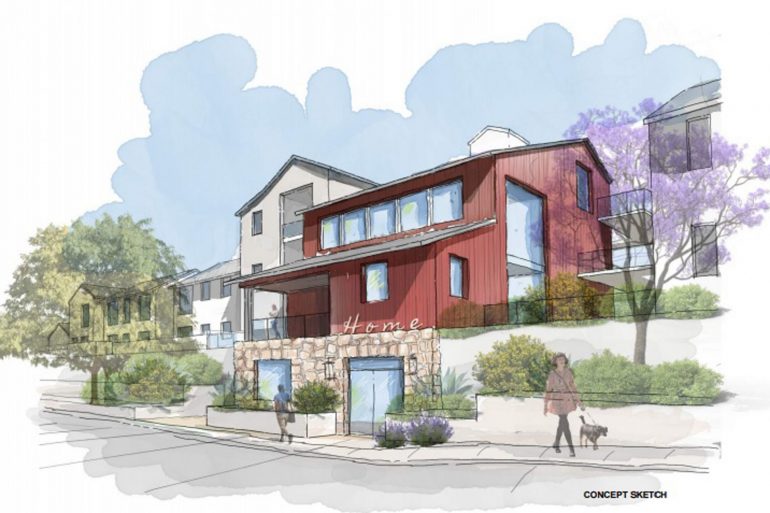 220 N. La Cumbre Road (at Via Lucero)
220 N. La Cumbre Road (at Via Lucero)
48 units of affordable housing.
·················
 6491 Calle Real (at Los Carneros)
6491 Calle Real (at Los Carneros)
14 units and 585 square feet of commercial space.
·················
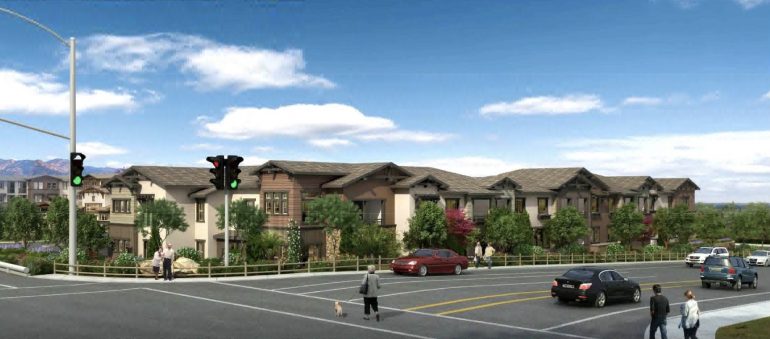 Heritage Ridge in Goleta
Heritage Ridge in Goleta
332 units on 17.36 acres north of Camino Vista and east of South Los Carneros Road.
················
Sign up for the Siteline email newsletter and you’ll never miss a post.


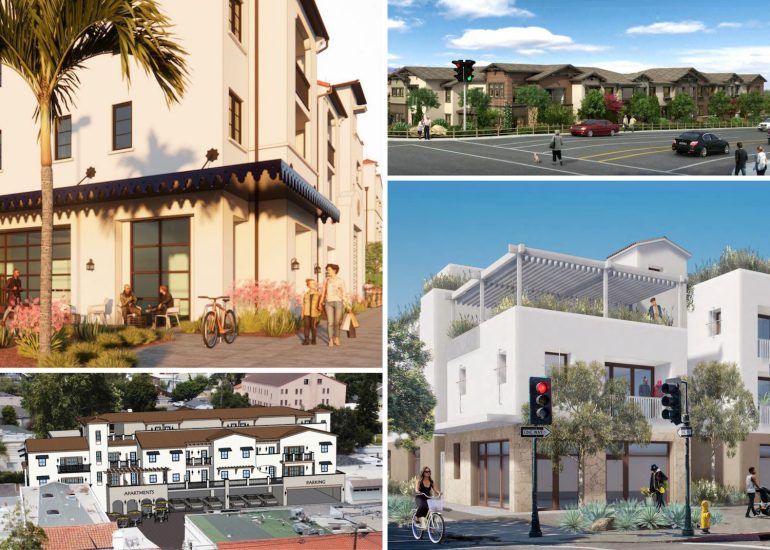





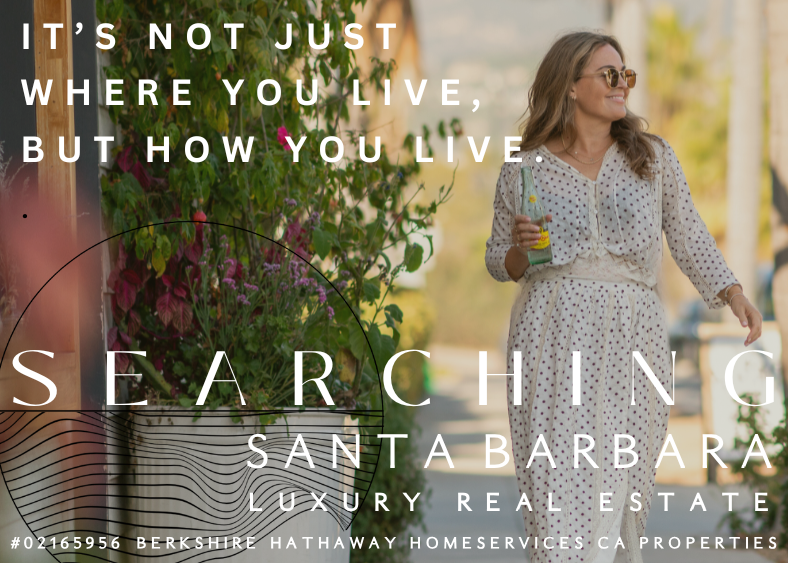

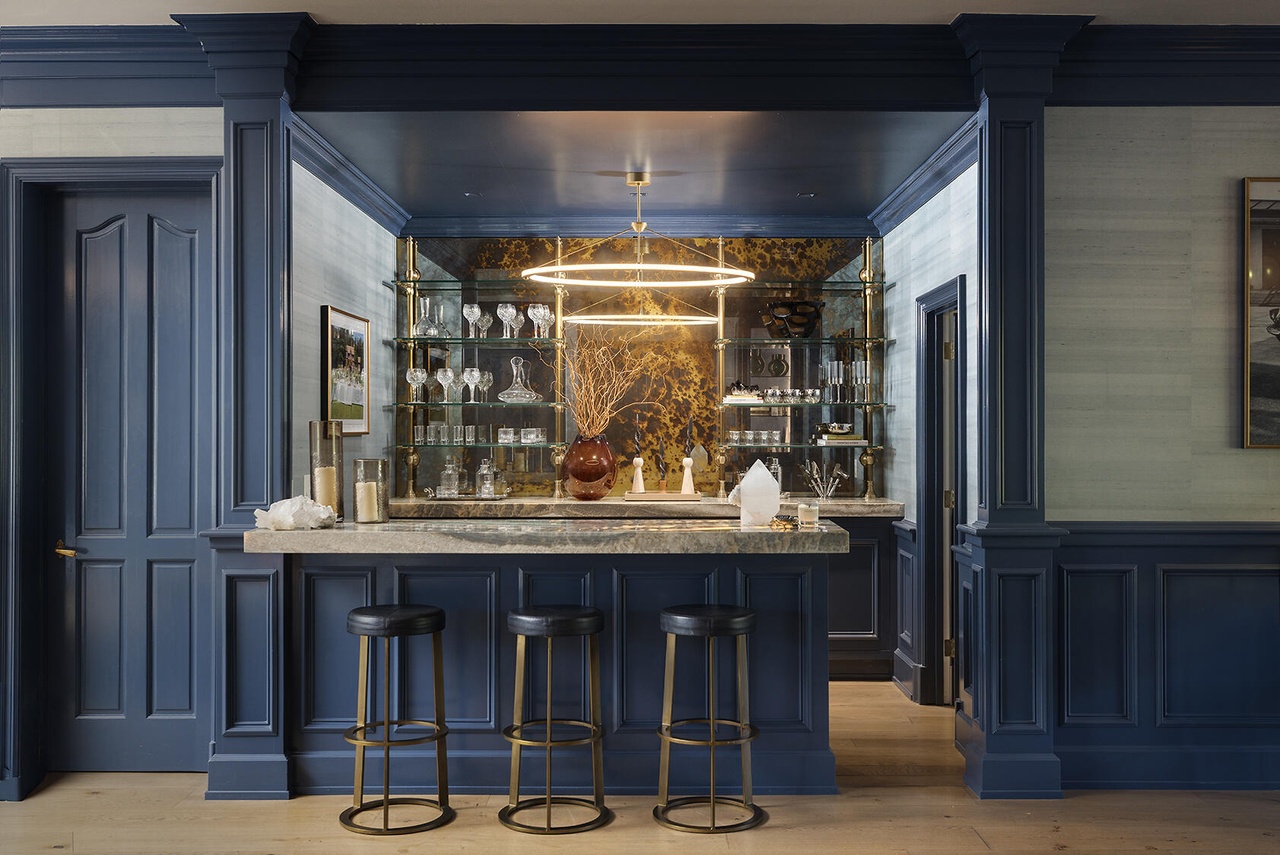




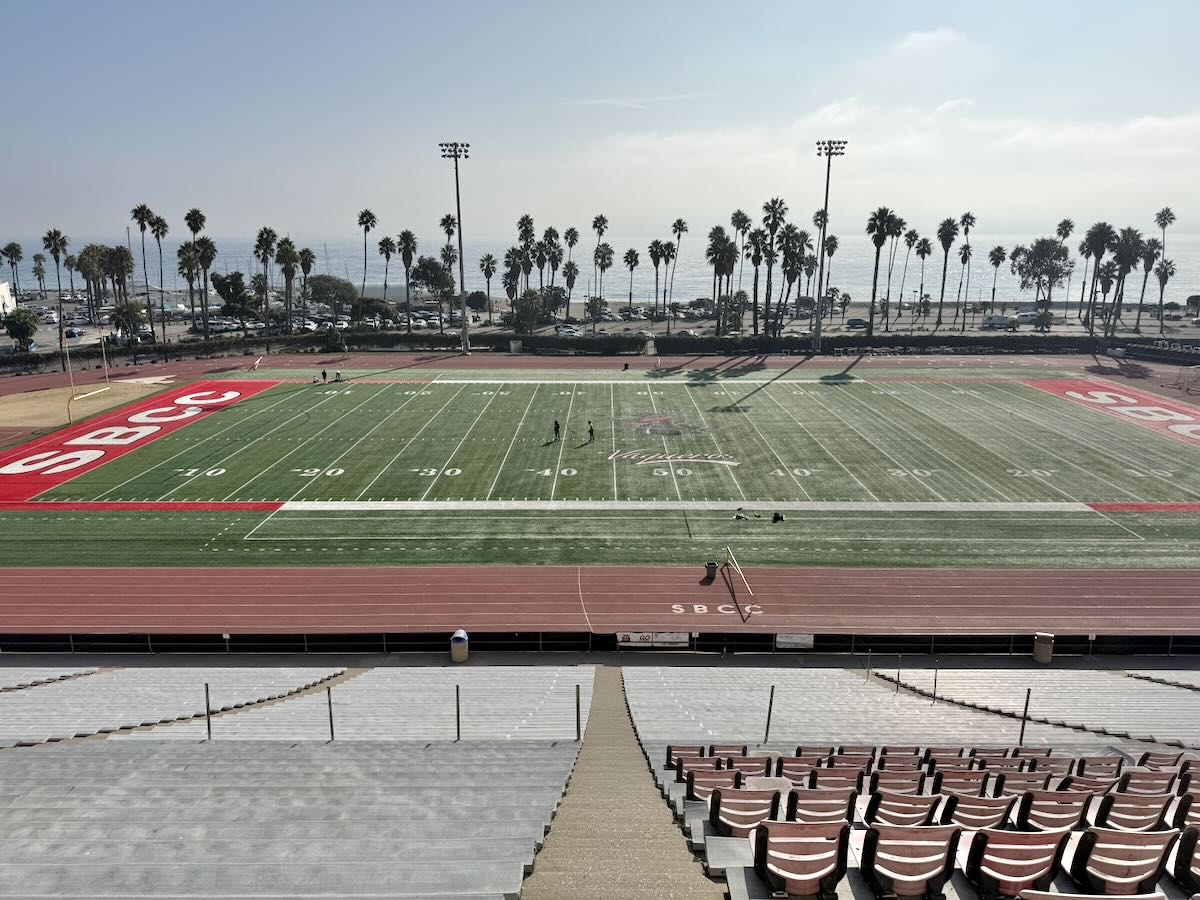

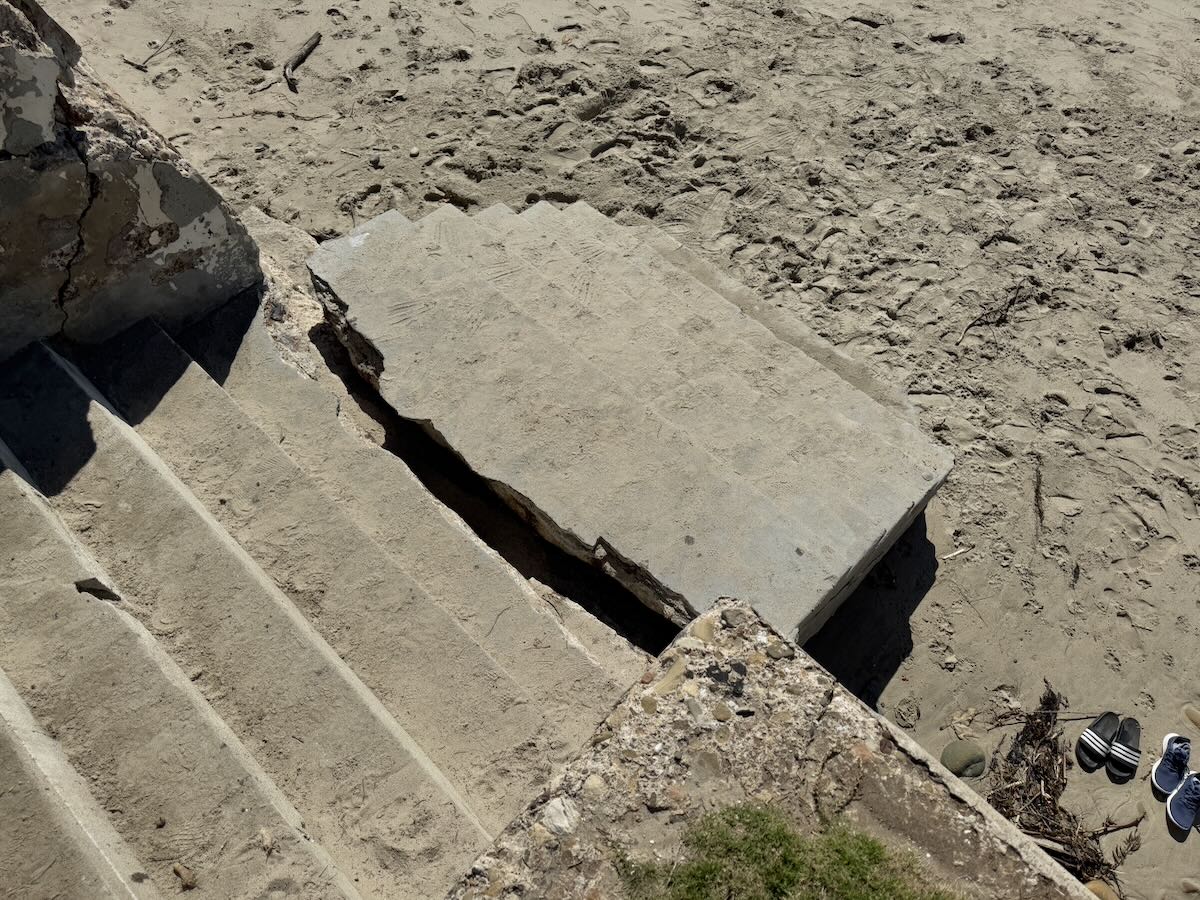
I’m all for housing, but good lord can we get something other than this generic Mediterranean look? I’m not blaming the developers here, it’s the city that has decided that this should be the default look for SB, and so the developers are just serving up what they know can get approved from an aesthetics point of view. It’s gotten totally out of hand, and downtown especially is starting to get some weird theme park vibes.
100% agree with you.
I like the Santa Barbara Med look. Granted, some of the architects are getting lazy and going for copy-cat structures, but I think Jeff Shelton has proven that it is possible to push the envelope and serve up something inventive. The alternative is the mish mash of generic structures that plague most American cities. Do we really want SB to look like Ventura or Oxnard?
It’s Disneyland and this theme park will soon be featuring a tram. It’s all manufactured.
Come on architecture review board. Stand proud and firm! We have a charming city. Theses buildings will set the standard of the beginnings of what’s acceptable and an ulgy town! Demand more!
Santa Barbara needs market rate (not rent controlled) housing for moderate income residents. Not a single one of the 1800+ units shown fulfills that need. Every one of those projects make the housing imbalance worse. The only hope for improvement is Builder’s Remedy projects.
Hmmm I think you may be confused about the terms you are you using here.
According to the Santa Barbara City housing element and the Regional Housing Needs Allocation (RHNA), the city is already on track to complete our market-rate need for units in the next year.
By the way, “market rate” units are not affordable for “moderate income” residents (which is defined as 120% of median income in the area). Moderate income in our area is up to $84K per year, and middle income (160% AMI) is up to $112K.
Assuming an individual is spending no more than 30% of their income on housing (any more would be defined as “rent burdened”), someone with a moderate income could afford $2100 a month max. Sadly, new market rate units are often renting at $4K-5K for 1 bedrooms.
Boy, the architect for 1922 de la Vina really messed up the perspective in that rendering. The vanishing lines for the photo don’t match the vanishing lines for the drawing. Looks like the drawn in building is falling over backwards.
The proposed project at 932 De La Vina Street (at Carrillo) 22 units presented an updated design w/in the past 2 weeks and it is much nicer. Approved by HLC with mostly 3 stories and smaller 4th story section set back from the street. Still 90% market rate housing, which will be expensive and not affordable to workforce folks,. And only 10% affordable.
What would be really helpful for your readers to better understand is if you had three pages or three sections:
“Apartment Projects in the Pipeline in the City of Santa Barbara”
“Apartment Projects in the Pipeline in Unincorporated Santa Barbara County”
“Apartment Projects in the Pipeline in the City of Goleta”
And break down the numbers in those categories. That way people understand which of the governmental entities are involved in the decisions, and the general areas that will see more apartments.
Also, some are identified as Housing Authority, but others don’t have the owners included. The amount of subsidized rents for lower incomes should be included for each project.
So much confusion and misinformation out in the public, it would be helpful for us all to try to be as specific as possible. Thanks!